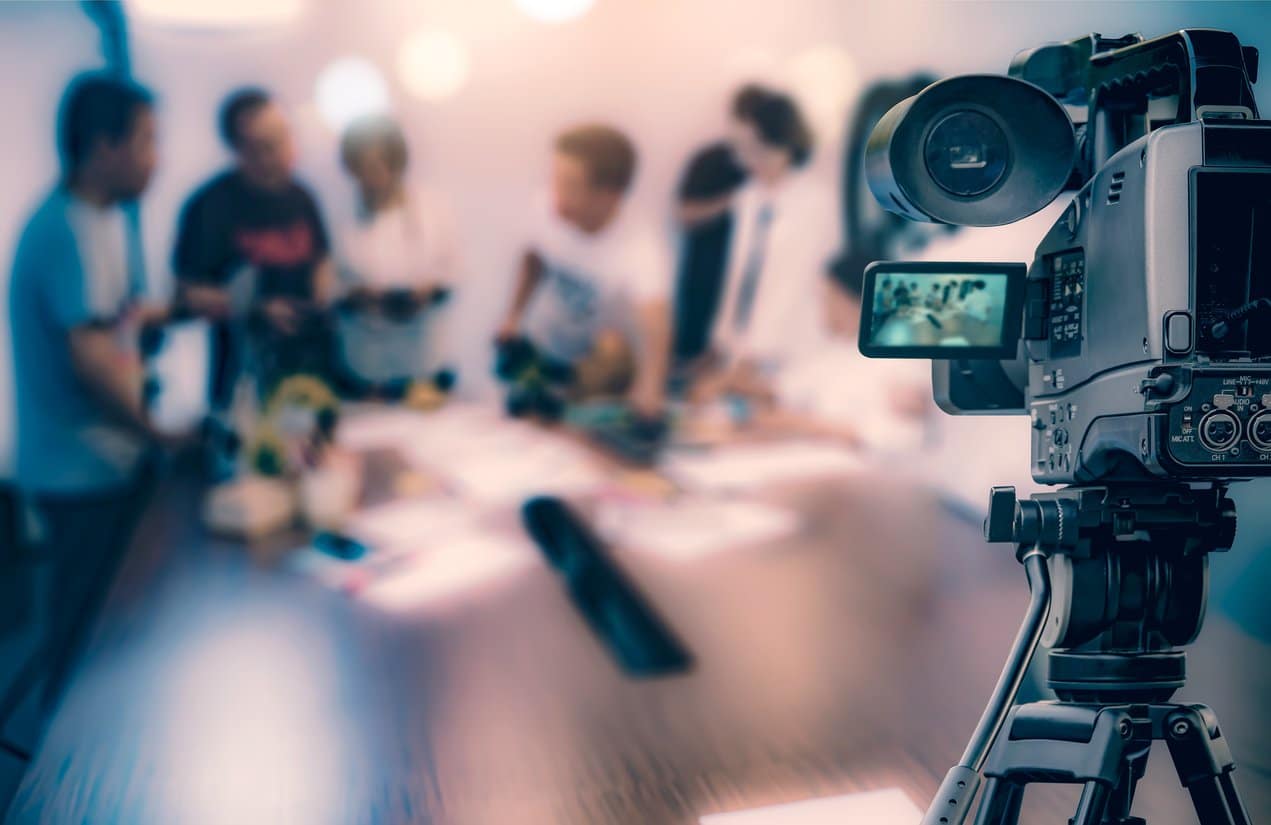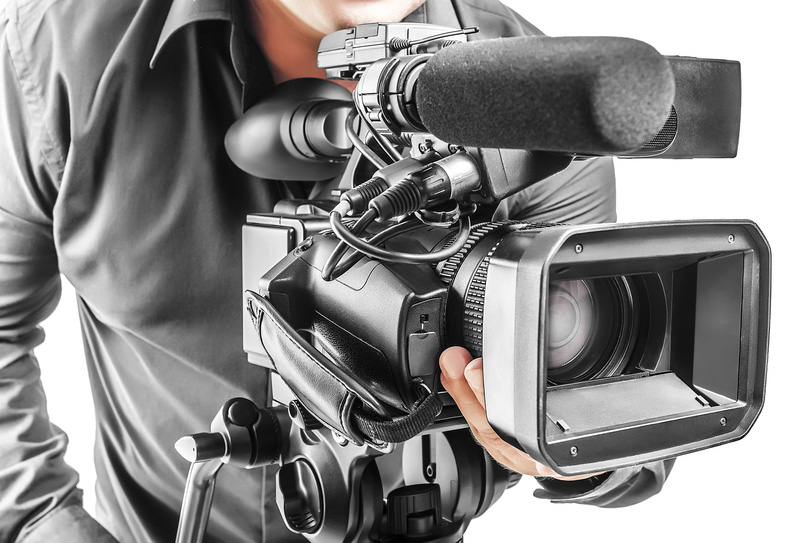Why Legal Videography Is Essential for Accurate Legal Record-Keeping
In the world of lawful proceedings, the accuracy of record-keeping is vital, and lawful videography emerges as an important device in this context. As we discover the multifaceted advantages of legal videography, one should consider its ramifications for the future of judicial honesty and openness.
Importance of Visual Evidence
Establishing the significance of visual evidence in legal procedures is vital for making certain exact record-keeping and enhancing the overall integrity of the judicial process. Visual evidence serves as an important device in recording occasions, problems, and various other important information that might be important to a situation. Unlike written accounts, which are vulnerable to interpretation and predisposition, aesthetic recordings provide an objective, unalterable representation of facts as they took place.
This type of proof can record a range of components, including witness behavior, environmental context, and physical proof, every one of which may influence judicial end results. By offering a clear and detailed visual narrative, legal videography eliminates obscurity and aids to protect the authenticity of the proof.
Additionally, visual proof can be important in decreasing disputes over valid inconsistencies, as it allows for a straight comparison against testament and other recorded documents. In an era where electronic innovation is increasingly widespread, the capability to existing visual evidence properly can substantially enhance the overall top quality of legal proceedings. Inevitably, the consolidation of visual proof not only reinforces the documents procedure but also reinforces public trust fund in the judicial system by promoting openness and liability.
Enhancing Statement Reputation
The assimilation of legal videography right into courtroom process considerably boosts the trustworthiness of witness testimony. By catching the nuances of spoken and non-verbal communication, video clip recordings supply an even more extensive depiction of a witness's behavior, feelings, and dependability. This aesthetic documentation permits jurors to observe the witness's body movement, faces, and general carriage, which are important parts that can influence their assumption of testament integrity.

In addition, the existence of video footage can deter witnesses from giving deceptive or exaggerated declarations, as they understand that their statement is being tape-recorded. This accountability enhances the stability of the judicial process. Inevitably, legal videography acts as an essential device in guaranteeing that witness testimony is not just precisely depicted however also watched with increased trustworthiness by all parties entailed.
Comprehensive Record Conservation
Comprehensive record conservation is necessary for preserving the honesty of legal process. Lawful videography functions as a crucial device in this procedure, offering an exact visual and acoustic account of statements, depositions, and various other critical moments in a case. Unlike traditional written records, video clip recordings capture the nuances of body language, tone, and feeling, which are important for understanding the context and intent behind statements made during lawful proceedings.
Integrating audiovisual components into record-keeping improves the conservation of evidence, guaranteeing that it stays undamaged and accessible throughout the legal procedure. This is specifically important in situations where the integrity of witness declarations may be challenged, as visual recordings can corroborate cases and offer clearness. Furthermore, video clip documents can be indispensable throughout allures or retrials, supplying an unaltered representation of the original statement.

Moreover, the capacity to review video proof permits lawful specialists to recognize crucial details that may have been overlooked in written documents. By maintaining a comprehensive archive of legal proceedings via videography, law practice can promote the highest possible requirements of accuracy and responsibility, ultimately adding to a fairer judicial procedure.
Simplifying Lawful Procedures
Enhancing legal proceedings is essential for enhancing performance and reducing hold-ups within the judicial system. Lawful videography works as a critical tool in achieving this objective by giving clear and exact aesthetic paperwork of court hearings, depositions, and statements - legal videography. This innovation permits real-time recording, guaranteeing that all verbal and non-verbal cues are recorded, which can promote quicker resolution of disagreements
The assimilation of videography into lawful procedures reduces dependence on standard techniques, such as lengthy records, which can be taxing to create and examine. By having accessibility to tape-recorded footage, attorneys can quickly reference vital moments, boosting their capacity to prepare and present instances effectively. This immediacy additionally aids in the clarifying of testimonies, lowering the potential for misinterpretation.

Admissibility in Court
Precise documentation is vital not just for performance yet likewise for guaranteeing that proof is acceptable in court. Legal videography offers as a vital tool in this process, giving a reputable aesthetic record of statements, declarations, and occasions.
To be considered acceptable, legal videography needs to stick to recognized procedures, such as appropriate equipment usage, ideal lighting, and clear sound capture. In addition, it is necessary to have actually qualified videographers who recognize the legal requirements bordering proof collection. legal videography. The chain of custodianship must likewise be preserved to stop any type of insurance claims of meddling or change
Furthermore, legal videography can enhance the persuasiveness of proof by providing jurors with a direct view of the statement, permitting an extra engaged understanding of the case. In summary, the combination of lawful videography right into record-keeping not just sustains performance yet also boosts the honesty and admissibility of proof in court process.
Conclusion
Finally, lawful videography plays a crucial role in guaranteeing precise legal record-keeping by supplying unbiased aesthetic documents. This approach enhances the trustworthiness of testaments, maintains extensive records, and simplifies lawful procedures. In addition, the admissibility of top quality video proof in court further underscores its significance. Ultimately, the incorporation of legal videography right into the judicial procedure advertises openness and boosts public count on the view it honesty of the legal system.